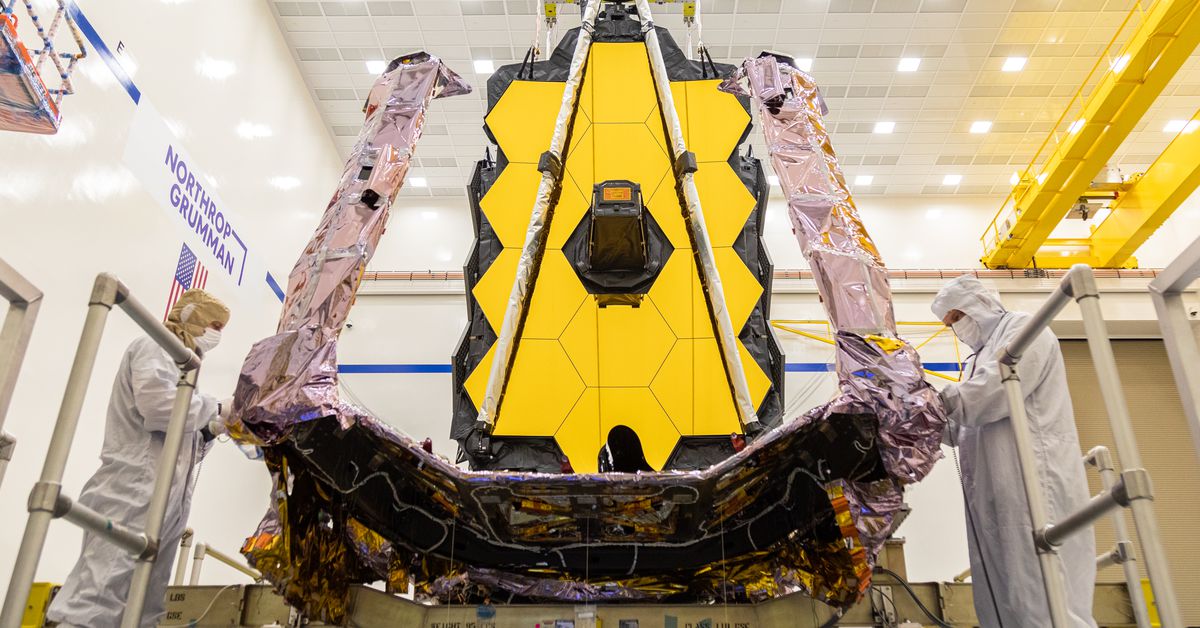
NASA's next-generation space observatory has arrived in France Guiana, South America, after more than 20 years of delays and rising development costs. The arrival of the telescope signals the start of weeks-long preparations for the telescope's flight on its rocket.
James Webb Space Telescope (or JWST) spent 16 days at sea. It was packed in an environmentally controlled shipping container on a French cargo ship. The spacecraft was transported by the vessel from Redondo Beach in California, where it was installed by Northrup Grumman, the telescope's primary contractor. JWST was at Northrop since the beginning of 2018, and was currently undergoing final assembly, testing, and maintenance.
The launch of the spacecraft is now closer than ever
JWST, now in French Guiana is closer than ever before to its launch. This has been a long-standing goal. JWST was originally proposed in 1996 and was to launch in 2007 at a cost of $1Billion. The mission budget has increased to $9.7billion, which has caused delays in the timeline. NASA established a December 18th 2021 launch date as a target on September 8, 14 years later than originally planned.
Many delays were caused by problems encountered during spacecraft testing. JWST has been subject to a series of tests including cryogenic and vibrational testing. This was done to ensure the spacecraft is able to withstand high-intensity launch conditions and harsh space environments. However, while testing and assembly at Northrop Grumman was going on, some screws and valves broke and leaks were discovered by engineers. Engineers also found tears in the spacecraft's thin sunshield. This is critical for keeping JWST cool when it is in direct sunlight.
Testing ended on JWST in August. Northrop Grumman spent the following month carefully folding the telescope in the correct configuration for transport to French Guiana. NASA deliberately withheld the date JWST left Redondo Beach, in order to avoid pirates intercepting the vessel carrying it. JWST was taken by a police escort on its 26-mile journey from Redondo Beach to Naval Weapons Station Seal Beach late on September 24th. From there, it was loaded onto a vehicle bound for Kourou in French Guiana.
Although there is still much to be done before JWST launches, it will revolutionize astronomy by allowing scientists to see deeper into the cosmos. The telescope will be flying to space aboard a European Ariane 5 rocket. It is expected to reach a location one million miles away from Earth. JWST is equipped with a 25-foot-wide mirror made of gold and will be able gather light from some of the oldest objects in our Universe, including those that formed after the Big Bang.
